Ramadan 2025: The keys to a successful month of fasting without fatigue
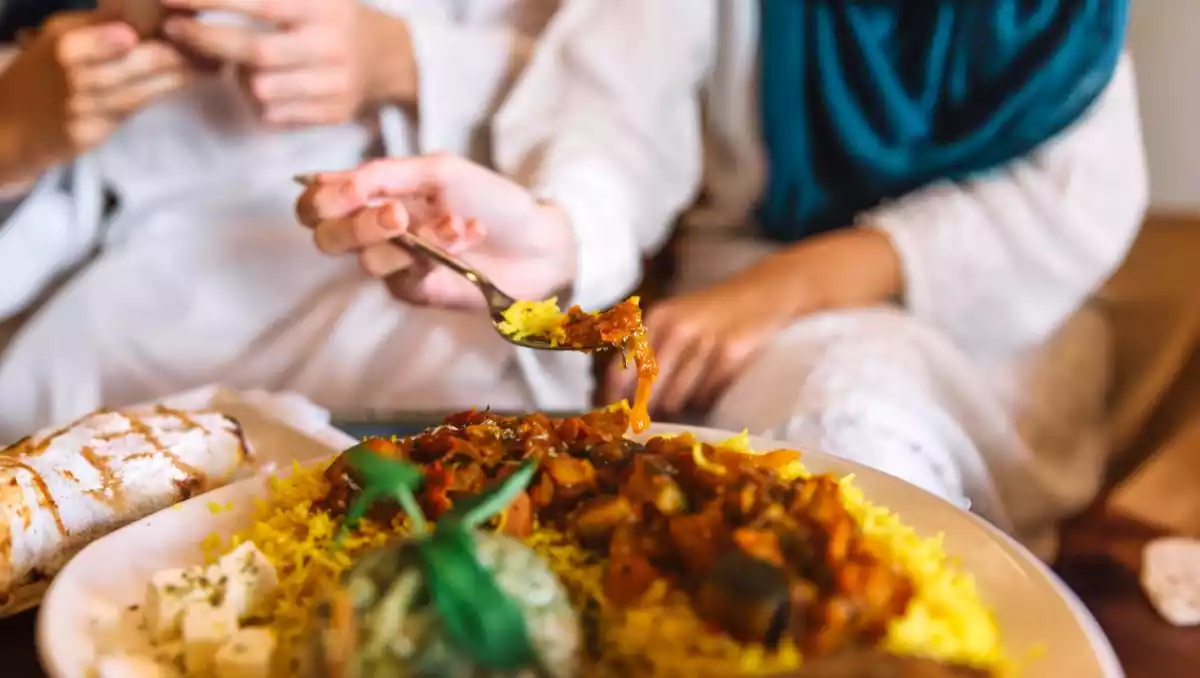
Ramadan 2025 begins on Friday February 28 and ends on Sunday March 29. This period of fasting, from sunrise to sunset, is as much a physical test as a mental one. To derive the maximum spiritual benefit from it, and avoid the inconveniences associated with an inadequate diet, it is essential to adopt good food and water practices. Here are some key recommendations for living this sacred month to the full ;).
Hydration: The key to successful fasting
Lack of water can quickly affect the well-being and energy of fasters. As soon as Iftar begins, it is advisable to drink abundantly to compensate for the day's water losses. Water should be the main source of hydration, but mineral-richsoups and broths, as well as infusions and herbal teas, can supplement this intake. Sweetened beverages, such as sodas and industrial fruit juices, should be limited due to their high sugar content. Similarly, excessive consumption of coffee and tea in the evening can impair sleep quality. At S'hour, hydration is just as important to prepare the body for the fast to come. (source: WHO)
Iftar: A balanced meal for a smooth recovery
Iftar, the moment when fasting is broken, must be structured and nutritious. It's best to start with foods that recharge energy quickly, such as dates, figs and other sweet fruits, rich in glucose and fiber. To ensure lasting satiety, it's best to include starchy foods such as bread, cereals or semolina. At the same time, drinking water and herbal teas helps to rehydrate the body. It's important to avoid heavy, fried meals, which can impair digestion and sleep. Eating a second, lighter meal a few hours after Iftar allows you to top up your nutritional intake without overloading your body (source: WHO).
S'hour: Recharge your batteries before sunrise
S'hour is essential for tackling the fasting day without feeling excessively tired. A balanced meal should include fresh fruit for its vitamins and fiber, as well as slow sugars, such as semolina and wholegrain cereals, to ensure prolonged energy. Proteins, such as eggs, fish or meat, are essential for preserving muscle mass, while fiber, found in wholemeal bread, oatmeal or fruit with skin, facilitates slow, efficient digestion. A well-composed S'hour helps to curb cravings and maintain energy levels right through to Iftar(source :FFD).
Lifestyle: Organizing meals and rest
Despite the length of the fast, it's advisable to structure your diet around three meals: a full S'hour before dawn, a balanced Iftar at sunset, and a final light meal at the end of the evening to top up your nutritional intake. It's also a good idea to include a short nap in the early afternoon to compensate for sleep deprivation and improve recovery (Source: Agesca).
Precautions for frail persons
Certain categories of people need to be extra vigilant during Ramadan. Diabetics should regularly monitor their blood sugar levels and adopt a controlled diet to avoid complications. Pregnant women, the elderly and those suffering from chronic illnesses should consult a health professional before beginning fasting, to ensure their safety and well-being (Source: FFD).
Physical activity: Adapting your efforts
During Ramadan, it is advisable to limit intense physical effort. Sportsmen and women should adjust their training, giving priority to moderate sessions after Iftar, when the body has recovered some of its energy. Appropriate physical activity helps maintain good physical condition without adversely affecting fasting (Source : nutritioniste-paris).
Other articles you may be interested in:
Try our recipes!
Petitchef has all the recipes you need for Ramadan!

Harira, a fragrant and easy soup

Energy balls with dates and a melting peanut butter heart

Homemade healthy snickers bars with dates

Brawnie - the raw brownie with dates
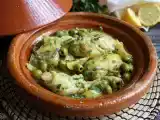
Chicken tagine, lemon and olives (super easy to make!)

Vegetarian tagine with seitan

Kefta tagine (ground beef meatballs with spices and herbs)
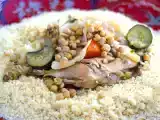
Moroccan couscous - video recipe !
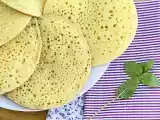
Baghrirs, the moroccan pancakes with a thousand holes

Stuffed turkish crepes with feta, lemon, and parsley - gözleme
 Mathieu Maggiore
Mathieu Maggiore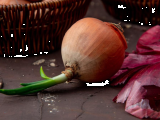
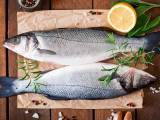
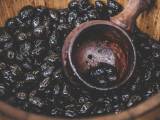
Comments